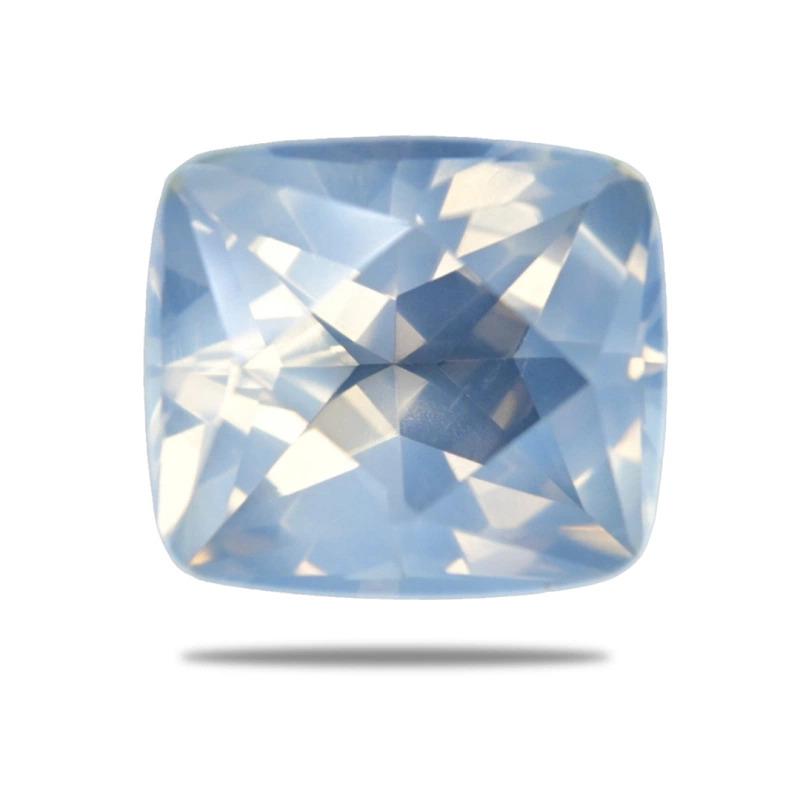
Kamenje rođenja u lipnju: biser, aleksandrit i mjesečev kamen
Postoje samo dva mjeseca s tri službena kamena rođenja, a lipanj je jedan od njih! Koja su 3 dragog kamena za lipanj? Službeni kameni rođenja za lipanj su mjesečev kamen, biser i aleksandrit.
Lipanj se u starom Rimu zvao Junius ili lunius , po božici braka, Junoni, ili latinskom iuniores što znači "mladost".
Drevni blagdani u lipnju uključivali su Rosaliju (festival ruža), Vestaliju (u čast božice ognjišta Veste i ponovnog pročišćenja Rima) i ljetni solsticij (prvi dan ljeta).
Ljetni solsticij se i danas slavi, zajedno s modernim lipanjskim praznicima poput Dana očeva, Mjeseca ponosa LGBTQ+ i Međunarodnog dana djeteta.
Lipanj predstavlja uzbuđenje, ravnotežu i pomlađivanje. Također se povezuje s brakom, a vrhunac sezone vjenčanja je u lipnju.
Tri lipanjska kamena rođenja odražavaju te ideale: aleksandrit, biser i mjesečev kamen. Danas ćemo proći kroz povijest, svojstva i privlačnost ovih lipanjskih kamena rođenja.
video: https://www.youtube.com/watch?v=v2PJNAbPgU8
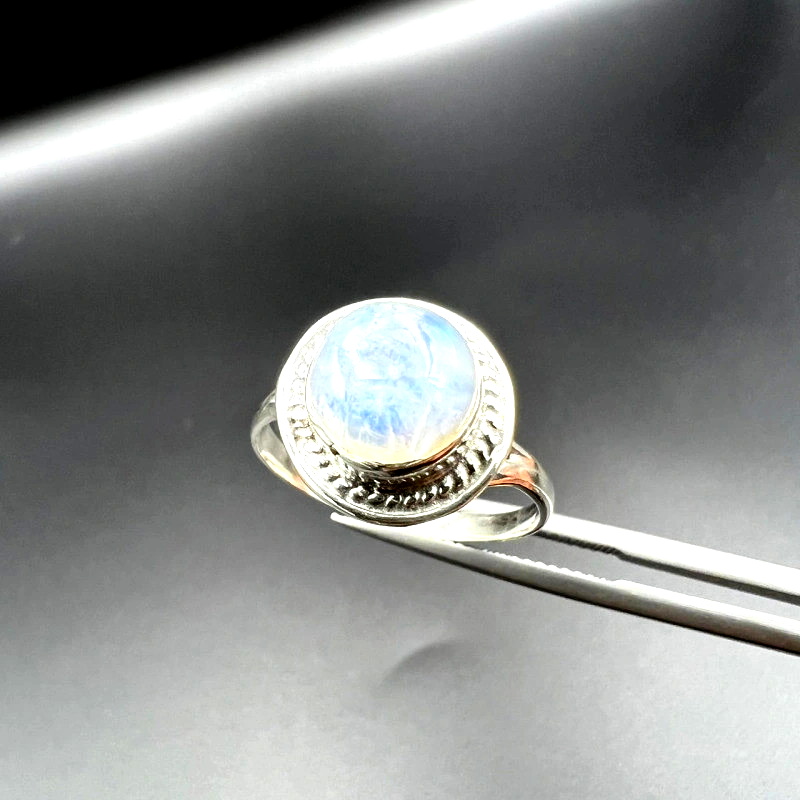 Na slici gore: Prsten s mjesečevim kamenom
Na slici gore: Prsten s mjesečevim kamenom
Povijesno i kulturno značenje kamenja rođenja u lipnju
Vjerojatno se pitate: zašto postoje 3 kamena rođenja za lipanj? Pa, nisu ih uvijek bila tri.
Promjene kamena rođenja u lipnju tijekom vremena
Rani popisi kamenja rođenja izvedeni iz biblijskih tekstova tumačili su kamenje rođenja za lipanj kao ahat ili smaragd , a sada kao kamenje rođenja za svibanj .
Započevši s formaliziranim modernim popisima kamenja rođenja, Tiffany & Co. objavili su 1870. brošuru „Gregorijanske pjesme o kamenju rođenja“, pripisane „nepoznatom autoru“, s biserom za lipanj.
Prvi službeni standardizirani popis, koji je 1912. godine izradilo Nacionalno udruženje draguljara (sada Jewellers of America), na prvom mjestu je naveo biser, a kao alternativu mjesečev kamen . Ovaj popis odražava se i na britanskom popisu Nacionalnog udruženja zlatara iz 1937. godine.
Vijeće američke industrije nakita izmijenilo je popis iz 1912. 1950-ih kako bi za lipanj dodalo aleksandrit .
Zašto se promijenio kamen rođenja u June? Aleksandrit je bio relativno novi dragulj, a jedna teorija je da su draguljari vjerovali da je aleksandrit obilniji od bisera, što danas nije istina.
Zatim, pogledajmo individualnu povijest svakog poludragog kamenja .
 Na gornjoj slici: Starorimski zlatni ukras za kosu iz 3. stoljeća ukrašen biserima, smaragdima i safirima; Izloženo u Britanskom muzeju | Autor slike: Vassil, Javna domena
Na gornjoj slici: Starorimski zlatni ukras za kosu iz 3. stoljeća ukrašen biserima, smaragdima i safirima; Izloženo u Britanskom muzeju | Autor slike: Vassil, Javna domena
Biseri u drevnim civilizacijama i mitologiji
Najstariji pisani zapis o biserima datira iz 2206. godine prije Krista, kada su slatkovodni biseri poklanjani kineskoj kraljevskoj obitelji. Najstariji poznati nakit od bisera datira oko 420. godine prije Krista je ogrlica „Susa Pearls“. Arheološki dokazi također upućuju na pretpovijesnu upotrebu bisera u dolini Inda i na Šri Lanki.
Stari Grci povezivali su bisere s veličinom, vjerujući da su kamenčići rođeni od suza Afrodite, božice ljubavi koja je, prema mitovima, rođena iz mora. Slično tome, drevne japanske legende tvrdile su da biseri potječu od suza sirena ili nimfi.
Stari Rimljani bisere su nazivali margaritae ili unio . Bisere su koristili kao statusne simbole, a nosili su ih samo bogati i plemićki slojevi.
U starom Egiptu , biseri su bili povezani s Izidom, božicom iscjeljenja, i stavljani u grobnice. Jedna poznata priča je da je Kleopatra dobila okladu s Marcom Antonijem tako što je stavila jednu od svojih bisernih naušnica u ocat i popila ga!
Jedna hinduistička legenda kaže da su biseri bili pale kapljice lunarne rose s Mjeseca. Drugi hinduistički mit o podrijetlu bisera je da je bog Krišna pronašao prvi biser i dao ga svojoj kćeri kao vjenčani dar kako bi je zaštitio od udovištva i osigurao uspješan i dug brak.
Osim toga, podrijetlo bisera u vedskim tekstovima bilo je da su Zemljine vode i božanska energija začele biser, a zatim ga oplodile munjom.
U islamu , Kuran opisuje bisere kao voće koje krasi Raj, a krune se daju onima koji ulaze u raj.
Druga tumačenja značenja ovog lipanjskog kamena rođenja uključivala su zaštitu od vatre u drevnoj Kini i prikaz čistoće u Europi.
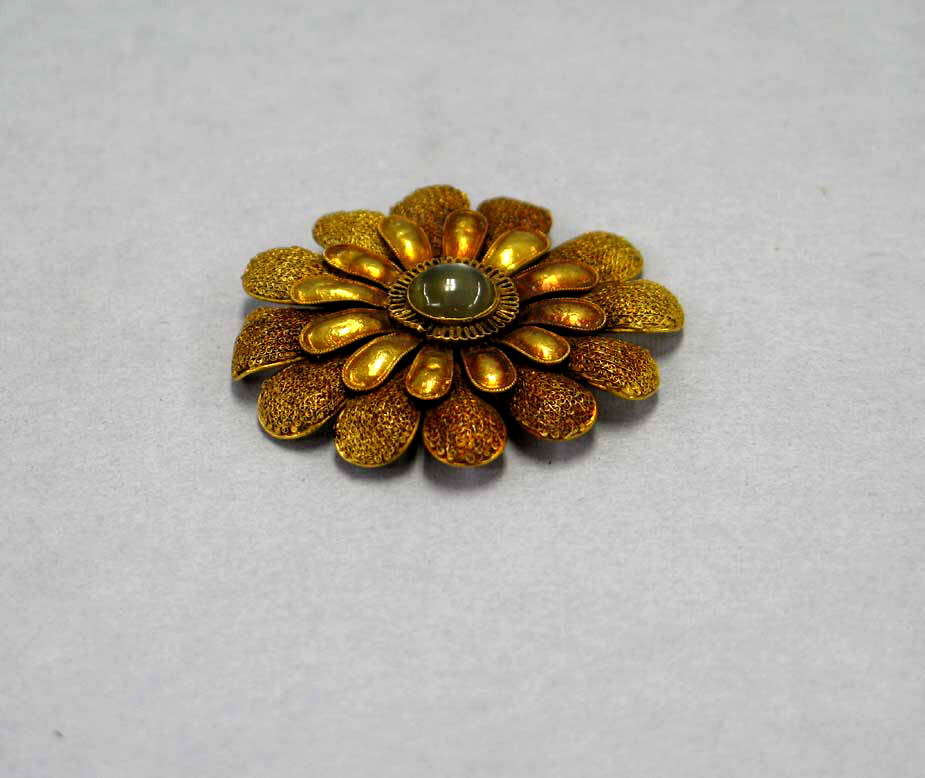 Na gornjoj slici: Kineski zlatni ukras s mjesečevim kamenjem, datiran iz 960.-1279. dinastije Song; Izloženo u Metropolitanskom muzeju umjetnosti | Zasluge za sliku: Met Museum, Javna domena
Na gornjoj slici: Kineski zlatni ukras s mjesečevim kamenjem, datiran iz 960.-1279. dinastije Song; Izloženo u Metropolitanskom muzeju umjetnosti | Zasluge za sliku: Met Museum, Javna domena
Povijest mjesečevog kamena od antike do moderne
Ime Mjesečevog kamena inspirirano je njegovom adularescencijom, koja iznutra izgleda kao da svijetli poput meke mjesečine.
Drevne rimske legende kažu da je mjesečev kamen nastao kada su se zrake mjesečine stvrdnule i da ga je darovala božica mjeseca Diana. Gledali su u kamen kako bi vidjeli Dianu i primili njezinu ljubav i mudrost.
Stari Grci kamen su nazivali Afroselenom , što je bio spoj Afrodite i božice mjeseca Selene. Mjesečev kamen su također povezivali s Hekatom, božicom magije, i Artemidom, božicom lova i čednosti.
U drevnoj Indiji , za mjesečevo kamenje se govorilo da svijetli ili tamni s čela božice mjeseca Chandre (ili boga mjeseca Ganesha) s rastom ili opadanjem mjeseca.
Prema azijskom mitu, plavo mjesečevo kamenje dolazi na obalu svake 21 godine. Drevni istočni Azijati vješali su mjesečevo kamenje na drveće kako bi potaknuli obilnu žetvu i vjerovali su da promjenjiva unutarnja svjetlost dragulja ukazuje na duh koji živi unutra.
Putnici su također koristili talismane od mjesečevog kamena za zaštitu, što je inspiriralo nadimak lipanjskog kamena "kamen putnika".
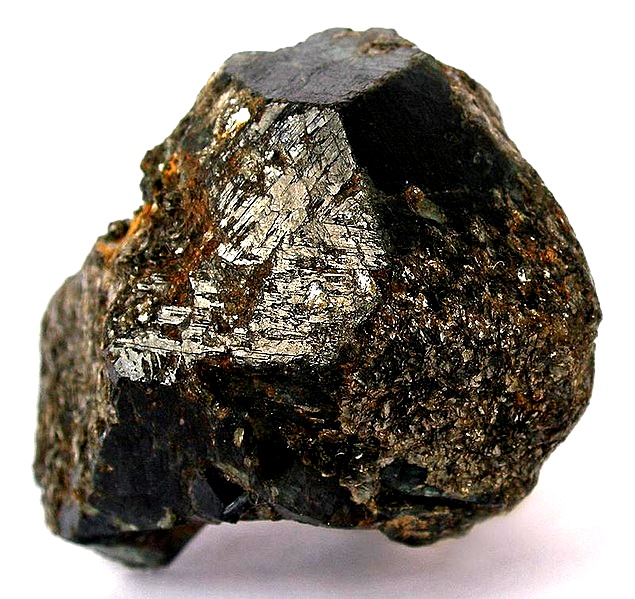 Na gornjoj slici: Izvrstan, klasičan referentni primjerak aleksandrita iz Uralske regije, Rusija, čvrstog oblika, s nekim tragovima habanja na rubu, unutarnjim draguljima, ali ipak pokazuje promjenu boje; Uključeno s etiketom iz 1850. | Zasluge za sliku: Rob Lavinsky, iRocks.co m – CC-BY-SA-3.0
Na gornjoj slici: Izvrstan, klasičan referentni primjerak aleksandrita iz Uralske regije, Rusija, čvrstog oblika, s nekim tragovima habanja na rubu, unutarnjim draguljima, ali ipak pokazuje promjenu boje; Uključeno s etiketom iz 1850. | Zasluge za sliku: Rob Lavinsky, iRocks.co m – CC-BY-SA-3.0
Aleksandritovo putovanje iz Rusije u svijet
Aleksandrit je najnovije otkriveni kamen rođenja u lipnju. Crveno-zeleni dragulj koji mijenja boju otkriven je u ruskim Uralskim planinama 1834. godine i nazvan je po Aleksandru II., budućem caru, povodom njegovog nadolazećeg 16. rođendana.
Priče o tome tko je prvi otkrio i imenovao aleksandrit razlikuju se. Bio je to ili finski mineralog Nils Gustaf Nordenskiöld, upravitelj rudnika Ural Vasiljevič Kokovin, njemački profesor mineralogije Gustav Rose ili ruski mineralog grof L. A. Perovski. Bez obzira na to, grof L. A. Perovski poklonio je Aleksandru II. dragulj za rođendan 29. travnja.
Rusija je bila jedini izvor, iako su im rudnici bili gotovo prazni do 1890-ih. Brazil je postao još jedan izvor 1987., a slijede ga Šri Lanka i Zimbabve.
Ruski aleksandrit postao je simbol prestiža i nacionalnog ponosa, slučajno odražavajući ruske vojne boje. Navodno je Aleksandar II. svakodnevno nosio prsten s aleksandritom kao talisman.
Druge kulture tumačile su promjene boje lipanjskog kamena kao pokazatelje opasnosti.
Povijest? Provjereno. Sada ćemo pobliže pogledati boje i jedinstvene osobine ovog kamenja rođenja.
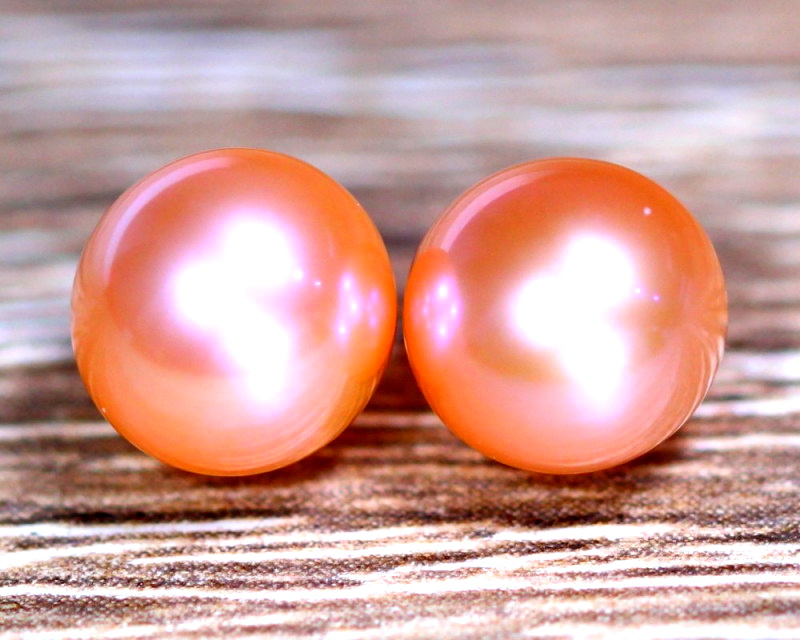 Na gornjoj slici: Ružičasti akoya biseri
Na gornjoj slici: Ružičasti akoya biseri
Biseri: Dragulji mora
Vjerojatno "klasični" lipanjski kamen rođenja, biseri su neosporno jedinstveni. Za početak, to su mineraloidi (ne minerali) i jedan od rijetkih organskih dragulja , što znači dragulja koje je stvorio živi organizam.
U ovom slučaju, biseri nastaju unutar mekušaca kada nadražujuća tvar poput pijeska uđe u njihovu ljušturu. Mekušac luči slojeve sedefa oko nadražujuće tvari. Sedef se sastoji od kalcijevog karbonata (kalcita , aragonita ili oboje). Nakupljeni slojevi sedefa stvaraju prepoznatljiv "sedefasti" sjaj.
Rijetkost ovog lipanjskog kamena rođenja isključivo je u prirodnim biserima, koji rastu u divljini bez ljudske intervencije. Većina bisernih dragulja danas su kultivirani biseri , koji rastu na isti način, ali iritanse unose ljudi na farmama bisera.
Prirodni biseri su obično mali i nepravilnog oblika, dok su kultivirani biseri često okrugli ili gotovo okrugli. Podrijetlo svog bisera uvijek možete provjeriti slanjem u laboratorij poput GIA-e .
Vrste i vrijednost bisera
Neke od najpopularnijih vrsta bisera su:
Akoya : Prvi i obično najkvalitetniji kultivirani biser; Sporije se nakupljanje sloja sedefa, što znači bolji sjaj i okrugliji oblik; Često izbijeljen i obojen u bijelo s ružičastim tonovima
Slatkovodni : Nastaju od slatkovodnih mekušca, obično kultiviranih; Tipično deblji sedef, nepravilnijeg oblika i slabijeg sjaja, ali raskošnijih boja od slanovodnih bisera.
Slana voda : Nastaju od slanovodnih mekušca, obično uzgajanih; Povijesni standard za prekrasne bisere
Južno more : Uzgojene od srebrnih ili zlatnih morskih kamenica; Deblji sedef i veće od Akoyas; Obično bijele, krem ili zlatne boje.
Tahićanski : Uzgojen od crnousnih slanovodnih kamenica, uglavnom u Francuskoj Polineziji; Prirodno samo crni biseri, ali često i tamnozeleni ili sivi; Može biti bijel, plav, srebrn, ljubičast ili žut; Pokazuje iridescenciju koja se naziva "orijent".
Najveći faktor vrijednosti je prirodni u odnosu na kultivirani - prirodni biseri rođeni u lipnju su znatno skuplji.
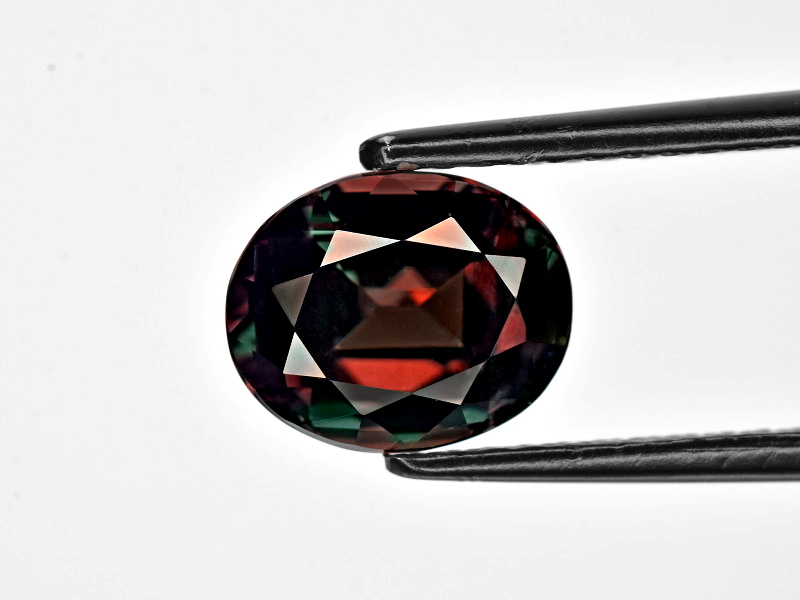
Aleksandrit: Kameleonski dragulj
Aleksandrit je vrsta krizoberila u kojoj je dio aluminija zamijenjen kromom. Poznat je po tome što mijenja boju zbog tih nečistoća kroma.
Koje je boje ovaj lipanjski kamen rođen u lipnju? Najbolji aleksandrit je smaragdnozelen na dnevnom svjetlu i crvenkastoljubičast pod žarenjem, što je inspiriralo nadimak "Smaragd danju, rubin noću". Većina njih je ruskog podrijetla.
Druge promjene boje uključuju žutu ili breskvastu do jarko ružičaste ili plavozelenu do ljubičaste. Šrilankanski aleksandrit je često maslinastozelen, dok je brazilski aleksandrit često bljeđi.
Glavni dio vrijednosti aleksandrita je čistoća, stupanj i udio promjene boje.
Aleksandriti mačjeg oka su posebno rijetki i vrijedni.
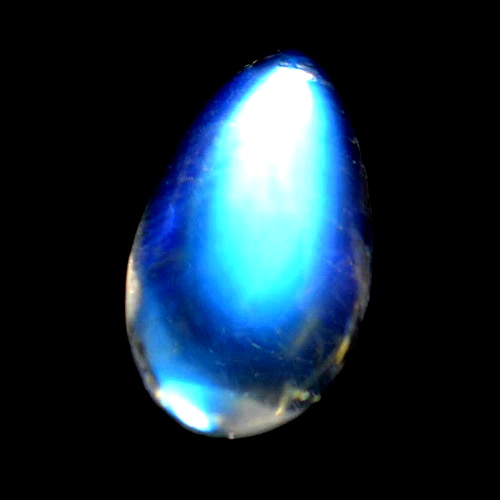
Mjesečev kamen: Sjajna ljepota i boje
Među tri lipanjska kamena rođenja, mjesečev kamen je najpristupačniji, ali ne i manje prekrasan.
Mjesečev kamen ima naizmjenične, tanke slojeve feldspata albita i oligoklaza ili ortoklaza . Kada svjetlost uđe u te slojeve, uzrokuje karakterističan lebdeći, unutarnji sjaj mjesečevog kamena koji se naziva "adularescencija".
Najbolji mjesečevi kameni su bezbojni s čisto plavom adularescencijom. Ali boja kamena rođenog u lipnju također uključuje nijanse poput breskve, zelene i narančaste.
Većina mjesečevog kamenja se reže u kabošone , ali fasetiranje mjesečevog kamenja može sakriti nedostatke i pojačati sjaj. Ostali rezovi mjesečevog kamena uključuju perle i rezbarije.
To pokriva mineralogiju i izgled, pa je vrijeme da ispitamo kamenje rođenja u lipnju i njihova značenja.
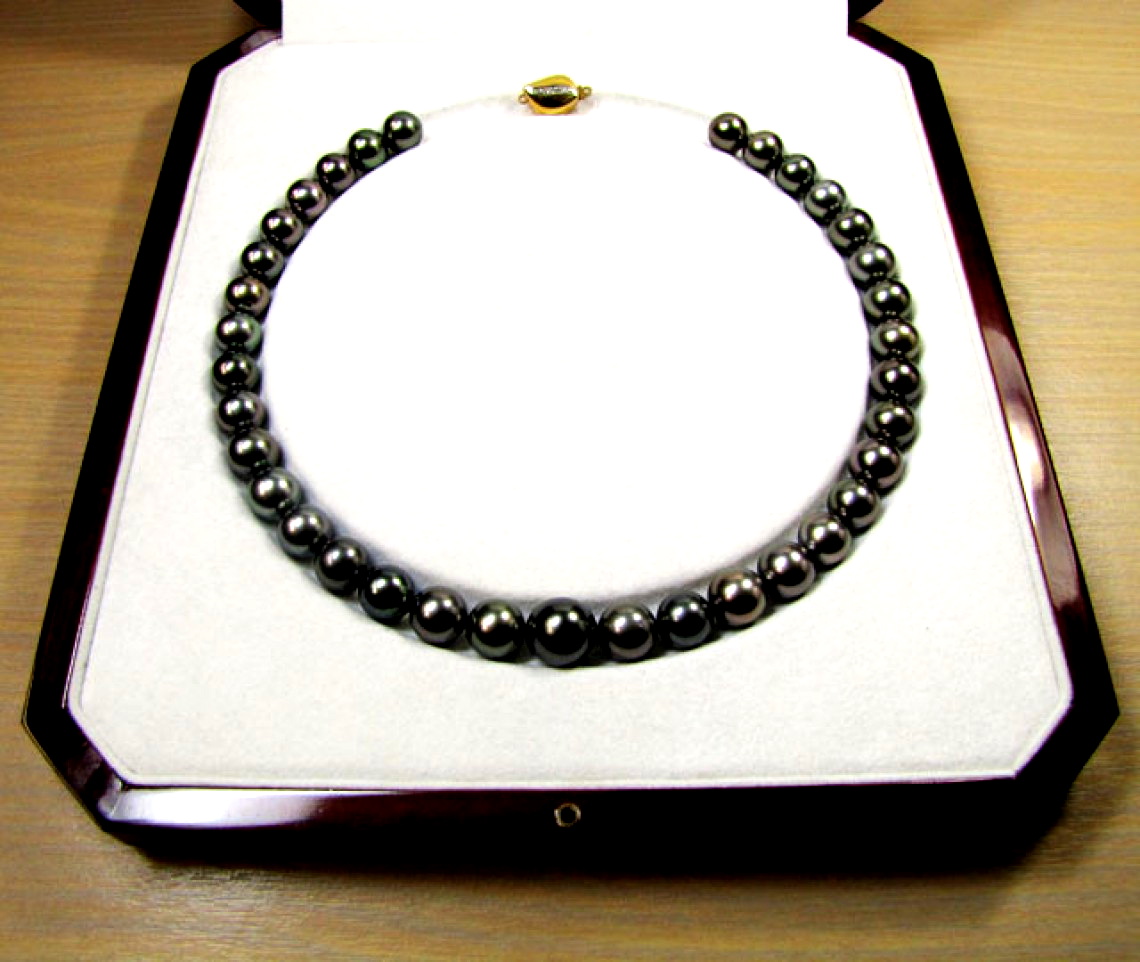 Na gornjoj slici: Ogrlica od tahićanskih bisera
Na gornjoj slici: Ogrlica od tahićanskih bisera
Biseri: Simbolika i značenje
Kroz povijest, biseri su se povezivali sa ženstvenošću, mudrošću i transformacijom.
Ženstvenost
Eterični izgled bisera i njegovo vodeno podrijetlo inspirirali su povezanosti s mjesecom, ženstvenošću i vodom. Mjesec i plima i oseka povezani su s tradicionalno ženskim idealima iskorištavanja vlastitih promjenjivih emocija.
Vjeruje se da lunarna strana bisera pojačava intuiciju i povezuje vas s duhovnim područjima. Osim toga, biseri se tradicionalno koriste za plodnost, hormonsku neravnotežu i lakši porod.
Mudrost
Veza između bisera i znanja ilustrirana je frazama „biseri mudrosti“ što znači mudar savjet ili „ne bacaj bisere pred svinje“ što znači mudro ne nuditi nešto vrijedno onima koji to neće cijeniti.
U Bibliji biseri obično predstavljaju vrijednost mudrosti. Hinduističke, taoističke i budističke filozofije spominju "plamteće bisere" kao simbol duhovne mudrosti. Neki drevni ljudi vjerovali su da biseri sadrže životne lekcije i vode mrtve kroz zagrobni život.
"Skrivenost" i formiranje lipanjskog kamena rođenja također predstavljaju mudrost stečenu iskustvom.
Transformacija
Biseri se formiraju godinama, obično od zrnca pijeska i razvijaju se u prekrasan dragi kamen. Nije iznenađujuće da ovi lipanjski kameni predstavljaju transformaciju.
Citirajući motivacijsku govornicu Susan C. Young: „Kamenica je uzela ono što je u početku bila iritacija i nametljivost i koristi to kako bi obogatila svoju vrijednost.“
Drevni Azijati vjerovali su da biseri simboliziraju putovanje duše prema savršenstvu. Čitači tarota povezuju biser s putovanjem Lude kao putem samospoznaje.
 Na gornjoj slici: Prsten s aleksandritom i naglašenim dijamantima | Autor slike: Christina Rutz, Flickr , CC-BY-SA-2.0
Na gornjoj slici: Prsten s aleksandritom i naglašenim dijamantima | Autor slike: Christina Rutz, Flickr , CC-BY-SA-2.0
Mističnost i metafizička svojstva aleksandrita
Aleksandrit nema toliko predanja, ali je i dalje postao značajan.
Poput bisera, aleksandrit simbolizira transformaciju . Za lipanjski kamen se kaže da pomlađuje, pomažući vam da prihvatite promjene u životu.
Kamen koji mijenja boju također predstavlja ravnotežu , bilo da se radi o emocionalnoj ravnoteži, fizičkoj i duhovnoj ravnoteži ili jednostavno ostajanju uzemljenim.
Druge asocijacije s aleksandritom uključuju sreću, uspjeh i kreativnost.

Značenja i moći mjesečevog kamena
Mjesečev kamen dijeli metafizička svojstva s biserima, s vezama za ženstvenost, mudrost i mjesec.
Povijesno gledano, mađioničari su strateški koristili mjesečevo kamenje za čarolije na temelju trenutne mjesečeve mijene. Mnogi mistici koriste mjesečevo kamenje kao alat za fokusiranje tijekom meditacije. Kristalolozi preporučuju mjesečevo kamenje za liječenje nesanice.
Mjesečev kamen je također pokazatelj ljubavi i braka.
Jedna indijska tradicija uključuje parove koji stavljaju lipanjski kamen rođenja u usta tijekom punog mjeseca kako bi vidjeli svoju budućnost . I stari Grci i Indijci vjerovali su da mjesečevo kamenje olakšava predviđanje.
Za one bez partnera, jedna legenda kaže da možete privući svoju pravu ljubav tako da za vrijeme punog mjeseca postavite namjeru s mjesečevim kamenom i nosite ga sa sobom do sljedećeg punog mjeseca.
Slavimo životne trenutke s kamenjem rođenja u lipnju
Zanima vas koji je najpopularniji kamen rođenja u lipnju?
Za većinu nakita, biseri su kraljica. Međutim, aleksandrit je češći za prstenje s kamenom rođenja u lipnju, a mjesečev kamen je najrasprostranjeniji.
Astrološki, koji je kamen rođenja za lipanj i Blizance? Aleksandrit je najbolji kamen rođenja za Blizance rođene u lipnju, ispunjavajući njihovu želju za ravnotežom.
Za Rakove rođene u lipnju, mjesečev kamen i biser savršeno se povezuju s vladajućim planetarnim tijelom Raka (Mjesecom) i pojačavaju prirodnu intuiciju znaka.
Darivanje rođendanskog kamena iz lipnja značajna je gesta proslave voljene osobe.
Mogućnosti se kreću od nakita s kamenom rođenja za lipanj do ukrasa od ruže optočene kamenom rođenja (lipanjski cvijet) do slike omiljenog lipanjskog kristala darivatelja.
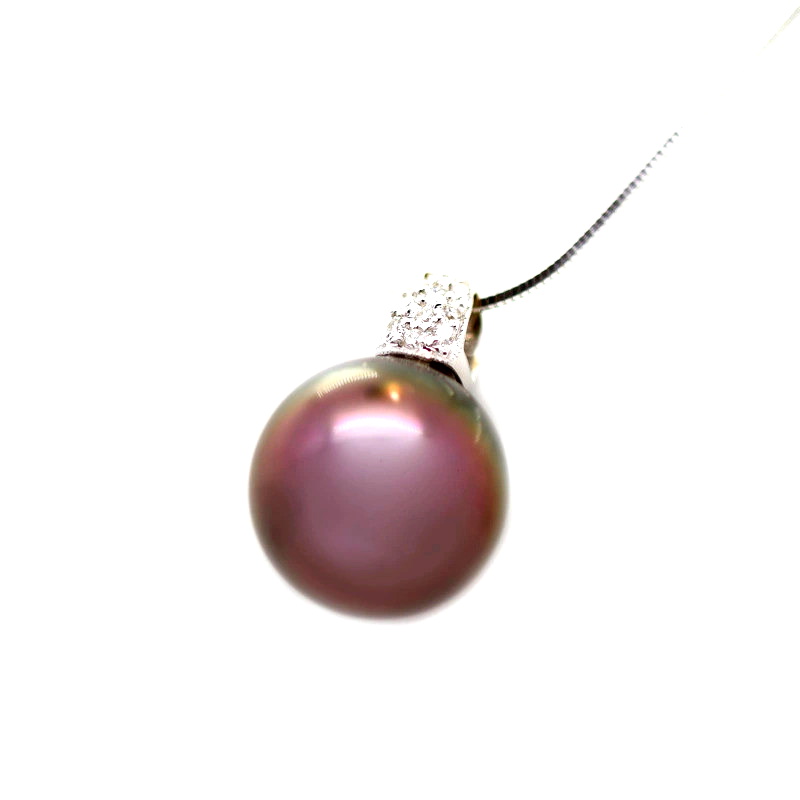 Na gornjoj slici: Ogrlica od kultiviranih bisera slane vode
Na gornjoj slici: Ogrlica od kultiviranih bisera slane vode
Koji vam je omiljeni lipanjski dragulj za lipanj?
Lipanj predstavlja ljubav, uzbuđenje i ravnotežu, što su primjeri aleksandrita, mjesečevog kamena i bisera. Ovi dragulji imaju svoju privlačnost, a njihovi raznoliki izgledi i cijene znače da postoji savršeni lipanjski kamen za svaki budžet!
Pretražite Gemstone Encyclopedia
Povezane aukcije
povezani članci
Svatko ima dragi kamen koji odgovara njegovom horoskopskom znaku. Poznati su i kao vaš Zvjezdani Kamen. Saznajte više o ovom kamenju i saznajte koji je vaš Zvjezdani Kamen.
10th May 2018
Izvorno su se kamenje rođenja ili drago kamenje povezivali sa horoskopskim znakom ili mjesecom rođenja osobe. Saznajte koji je vaš kamen i pogledajte kamenje koje imamo na prodaju.
8th Feb 2021
Na tržištu postoji toliko mnogo alata za testiranje dragog kamenja, ali koji su glavni alati potrebni za jednostavnu analizu? Pogledajmo četiri alata za testiranje dragog kamenja.
4th Mar 2020
Najnoviji članci
Rezbarije od palmine slonovače, također nazvane biljna slonovača, prirodna su alternativa slonovoj slonovači, etički ubranoj s palminog oraha južnoameričke palme fitelefas. Saznajte sve o palminoj slonovači u ovom vodiču!
15th Jan 2026
Krizanteme su prirodna čuda s cvjetnim uzorkom bijelog kalcita, celestita ili andaluzita naspram crnog vapnenca ili muljevca.
13th Jan 2026
Sunčev kamen s duginom rešetkom je vrsta feldspata s tri prekrasna optička efekta uzrokovana prisutnošću raznih inkluzija. Njegov vatreno šareni prikaz i uzorak rešetke čine ga rijetkim kolekcionarskim draguljem!
12th Jan 2026
Kategorije članaka
How To's is where you will find helpful articles from gem Rock Auctions on how to cut gemstones, select gemstones and buy gemstones.
9 Članci



